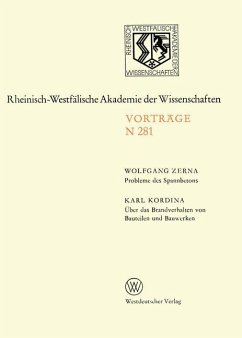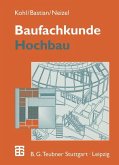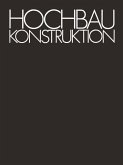The deficiency of tensile strength in concrete is encountered completely differently with prestressed concrete than with reinforced concrete, in that the stress conditions in the supporting structure are influenced in such a manner that no, or only very low, tensional stresses occur in the concrete. Today, prestressed concrete represents a widely developed technique, which although well under control, does not exclude, especially as a result of the continuously extending fields of application, that new problems, some of which have been discussed, will occur. The development of prestressed steel and the prestressed elements were considered, whereby special attention was drawn to problems in connection with the suitable size of the tensional forces for each prestressed element. Several cases of damage to prestressed elements of prestressed-concrete buildings, which have become known recently, were discussed in detail. After this the creeping on concrete was discussed, during which the various theories of calculation were presented. Recently, an interest in the socalled partial prestressing has been awakened. This problem is closely connected with the control of cracks in concrete. The methods of mathematically analysing the cracks were mentioned briefly.





